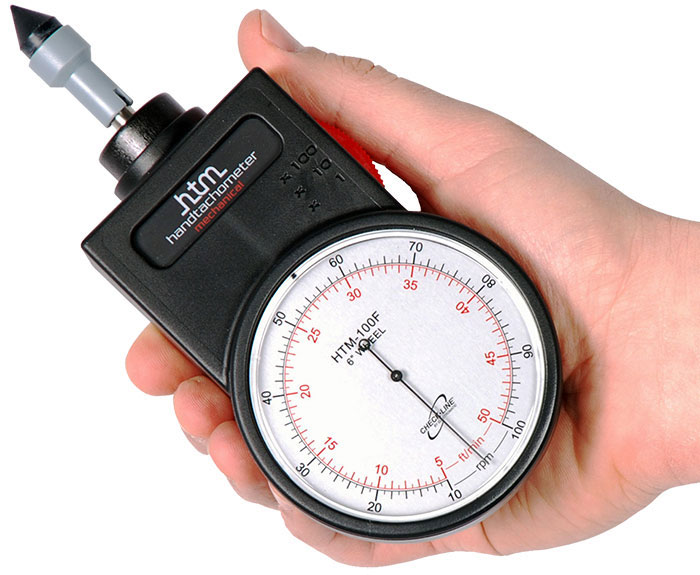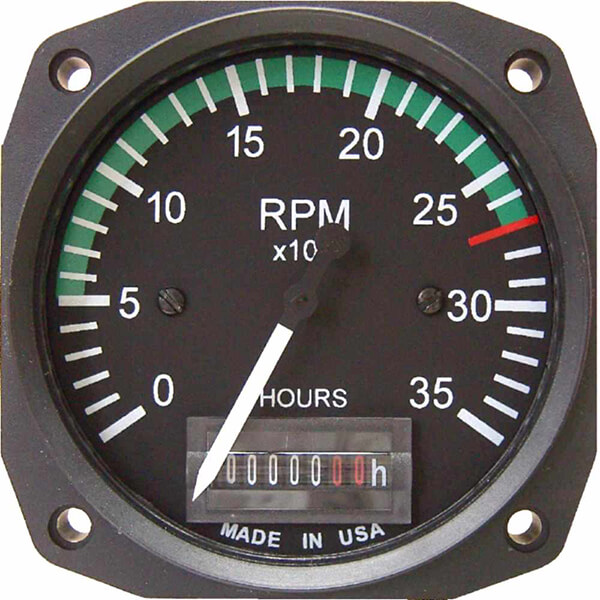The Relevance of a Tachometer in Monitoring Engine Rate and Efficiency in Automotive Applications
In the realm of automotive design, the tachometer stands as an essential instrument in the chauffeur's arsenal, providing a straight window into the inner functions of a car's engine. Past its function as a simple scale of changes per minute (RPM), the tachometer functions as an important tool for enthusiasts and experts alike, offering real-time insights into engine efficiency and health. Understanding the value of this tool surpasses surface-level monitorings, delving right into the elaborate relationship between engine speed, power result, and general driving experience. As we check out the complex duty of the tachometer in automotive applications, a much deeper appreciation for its effect on car dynamics and effectiveness starts to emerge.
Significance of Monitoring Engine RPM
Keeping an eye on engine RPM, or revolutions per min, is an essential aspect of automotive maintenance and performance assessment. Engine RPM straight correlates with the speed at which the engine's crankshaft turns, showing just how quickly the engine is running - tachometer. By keeping an eye on RPM, mechanics can assess the wellness of the engine, discover potential problems, and fine-tune efficiency. An irregular RPM analysis may indicate problems such as engine misfires, defective stimulate plugs, or issues with the fuel delivery system. Consistently high RPM analyses can indicate aggressive driving practices or the demand for a higher gear shift to improve fuel performance.
Additionally, keeping track of engine RPM is essential for efficiency assessment in racing and high-performance automobiles. In summary, monitoring engine RPM is not only important for spotting concerns yet additionally for optimizing engine performance in different automobile applications.

Benefits of Real-Time Data
In auto applications, real-time information plays a critical duty in offering instant understandings into the performance and condition of the lorry. By continuously keeping track of numerous specifications such as engine rate, temperature level, fuel consumption, and more, real-time data offers many benefits that contribute to improved efficiency and safety and security when traveling.
Additionally, real-time information helps with efficiency optimization by offering immediate comments on driving practices and engine performance. Chauffeurs can readjust their habits in real-time based on this information to accomplish better gas economy and prolong the life expectancy of their vehicle.

Additionally, real-time information plays an important duty in modern auto diagnostics, enabling professionals to quickly identify and address malfunctions. This brings about decreased downtime, reduced upkeep costs, and eventually, boosted overall automobile reliability and durability (tachometer). By using the power of real-time data, automobile stakeholders can make enlightened choices that positively affect both the efficiency and long life of the vehicle
Influence On Equipment Shifts
The tachometer plays a vital function in maximizing gear changes by providing real-time my response engine speed information to the driver. When coming close to the redline on the tachometer, it indicates the chauffeur to upshift to stop over-revving the engine and triggering prospective damage.
Furthermore, the tachometer aids in achieving smoother equipment changes, specifically in hands-on transmissions. By keeping an eye on engine speed, chauffeurs can execute equipment changes at the ideal RPM range, reducing snagging movements and reducing wear on the transmission parts. This accuracy on duty changes not just improves driving comfort yet likewise adds to sustain effectiveness.
Enhancing Fuel Performance
Provided the vital role the tachometer plays in maximizing gear changes for efficiency and engine health, it straight adds to taking full advantage of fuel effectiveness in automobile applications. By giving site real-time comments on engine speed, the tachometer helps drivers in keeping one of the most effective RPM array for fuel economic situation. When motorists consistently check the tachometer and readjust their driving behaviors accordingly, they can prevent unneeded fuel consumption brought on by over-revving or lugging the engine.
In addition, the tachometer aids drivers identify the most fuel-efficient gear to be in at any kind of given minute, protecting against the engine from working more difficult than required. In final thought, the tachometer offers as a useful device in boosting gas performance by advertising optimum driving behaviors and recognizing locations for renovation in the automobile's efficiency.

Making Best Use Of Engine Long Life
The tachometer's role in checking engine rate and performance is important in guaranteeing the longevity of auto engines. By making use of the tachometer effectively, vehicle this post drivers can enhance engine durability through conscious RPM administration. Regularly revving an engine too expensive can bring about extreme deterioration on critical parts, such as the pistons, valves, and bearings. Over time, this can cause reduced engine performance and prospective malfunctions. Monitoring the tachometer enables drivers to remain within the suggested RPM array for their automobile, preventing unneeded strain on the engine and expanding its life-span.

Final Thought
In conclusion, the tachometer plays a critical function in monitoring engine rate and efficiency in vehicle applications. By providing real-time information on RPM, it permits effective gear shifts, boosted fuel performance, and taken full advantage of engine longevity. This tool is essential for preserving optimum engine performance and making sure the overall performance of a lorry.